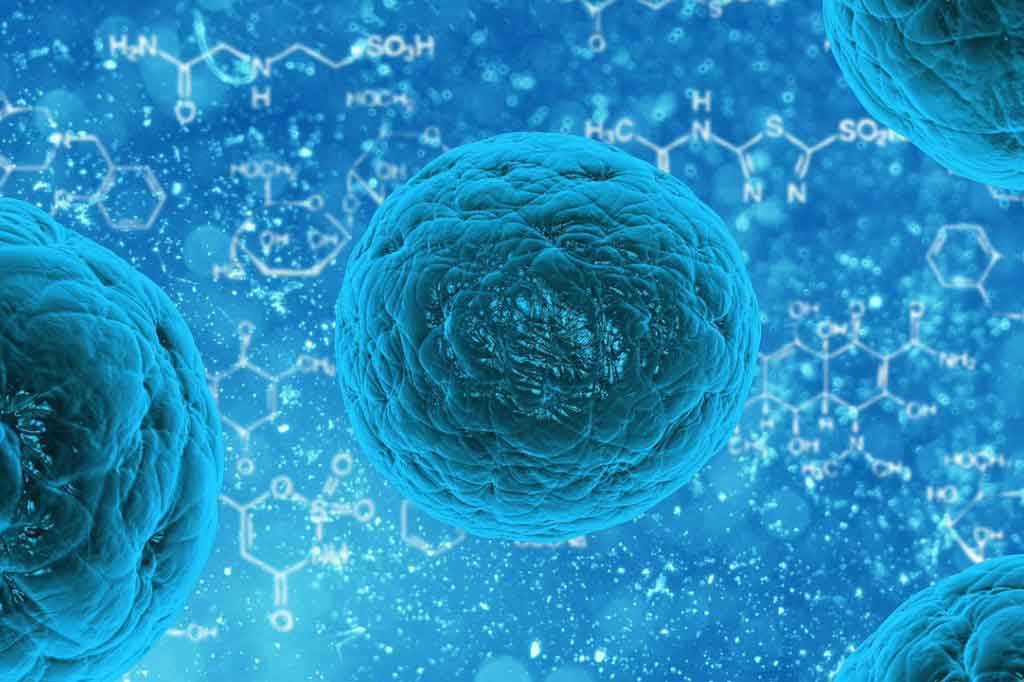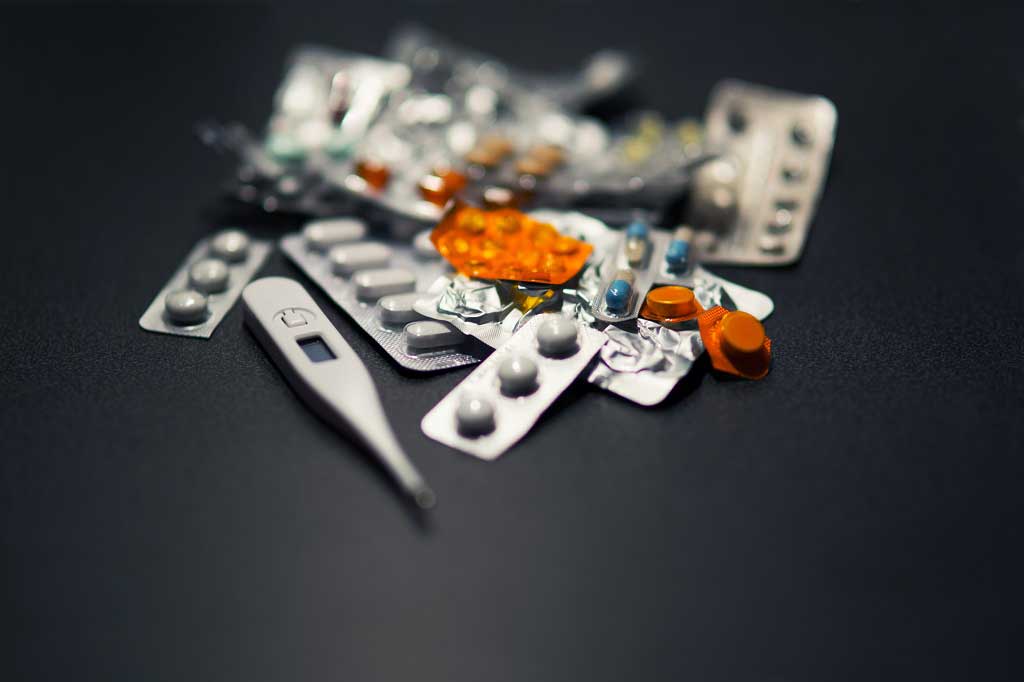Too soon to say if breastfeeding problems could be genetic
Genetics and stem cells
"Is your inability to breastfeed written in your genes?" the Mail Online asks. The question is prompted by animal research that discovered that a genetic mutation in a protein called ZnT2 that may restrict milk production after pregnancy…
"Is your inability to breastfeed written in your genes?" the Mail Online asks. The question is prompted by animal research that discovered that problems with a protein called ZnT2 may restrict milk production after pregnancy.
The protein in question helps move zinc into breast tissue cells (so it is known as a zinc transporter). ZnT2 was found to play an important role in the structure and function of normal mammary (breast) tissue in mice.
When the mice had babies, those that were genetically engineered to have a missing or malfunction version of ZnT2 did not produce as much milk as normal mice, and their milk did not have as many nutrients in it. This meant that fewer of their offspring survived.
Animal studies such as this can give a good insight into the role that individual proteins play in the biology and function of tissues. While it is likely that these proteins play a similar role in humans, there may be important differences.
We also can't say to what extent abnormalities of this zinc transporter might be responsible for the difference in the quantity and quality of milk production in women, as this has not been assessed.
Many women have initial problems with breastfeeding, as it does not necessarily come naturally. Though with patience, perseverance and if need be, professional advice, these problems can usually be overcome.
Read more about common breastfeeding problems.
Where did the story come from?
The study was carried out by researchers from The Pennsylvania State University and Penn State Hershey College of Medicine in the US, and RIKEN Center for Integrative Medical Sciences and Suzuka University of Medical Science in Japan. The study was funded by the National Institutes of Health and Penn State Hershey College of Medicine Department of Surgery. It was published in the peer-reviewed scientific journal The Journal of Biological Chemistry.
Only quite a way into the Mail Online’s coverage does it report that the study was in mice.
It also does not acknowledge the uncertain applicability of these findings to breastfeeding problems in humans, or that breastfeeding decisions in women have many different influences.
What kind of research was this?
This was an animal study that aimed to look at the role of a particular gene, and the protein it codes for, in the function of mammary (breast) tissue in mice.
The research centres on the zinc transporter (ZnT2) protein, which transports zinc into the mammary cells in the breast that produce milk. ZnT2 also transports zinc into the energy powerhouses of the cells (mitochondria), and is found in the non-milk-producing mammary cells. This suggested that ZnT2 might be important in the biology of mammary tissue. This is what this study aimed to look into further.
Animal studies such as this can give a good insight into biology that may be applicable to humans, but there may be differences. Also, even if the protein is important in the development of breast tissue, it does not necessarily mean it is a significant cause of breastfeeding problems. Additional research looking at this gene in women with and without problems with milk production would be needed to assess this.
What did the research involve?
This animal study looked into the role of ZnT2 using different types of mice:
- normal mice that could produce ZnT2, or genetically engineered so that they could not produce a working zinc transporter
- the above types of mice who either hadn’t had babies, or those currently producing milk (lactating)
Under anaesthetic they took samples of mammary tissue from the different groups of mice. They examined it in the laboratory using fluorescent antibodies that would attach to and highlight ZnT2 so they could look at its workings.
In the lactating mice they also looked at the weight and survival of the offspring as an indicator of how much milk they were receiving, and took milk samples to examine its composition.
What were the basic results?
The researchers found that mice without a working zinc transporter who had not yet had any babies had overall reduced growth and development of the mammary tissue compared with normal mice.
When they looked at mice without a working zinc transporter who had had babies and were lactating, they found that they have tended to build up zinc in the mammary tissue. In both normal and genetically engineered mice, zinc concentration in the mammary gland was higher in lactating than non-lactating mice. However, accumulation in the mammary gland was a third higher in the mice without a functioning zinc transporter than the normal lactating mice.
When their mammary tissue was examined, lactating mice without the working zinc transporter did not demonstrate the same structure and function of the tissue as the normal mice. This included problems with the milk secreting cells.
Milk production was reduced by up to a third in these mice without a working zinc transporter. As a result the survival rate of the offspring was lower. The milk they produced also contained a third less zinc, as well as having reduced concentration of other milk components, such as fat, lactose (a sugar normally found in milk) and beta-casein (a protein normally found in milk).
How did the researchers interpret the results?
The researchers conclude "ZnT2-mediated zinc transport is critical for mammary development and function during lactation" and say this is "crucial for sustaining infant health".
Conclusion
This animal study demonstrates how the zinc transporter ZnT2 plays an important role in the development of normal, functioning mammary (breast) tissue in mice and allowing them to produce sufficient quality milk to feed their offspring.
Animal studies such as this can give a good insight into the biology and function of tissues that may be applicable to humans. However, there are many important cautions to bear in mind when drawing any conclusions about humans from this study.
It is likely that this protein does play a role in breast tissue development in humans, and therefore not having it might be a problem for breastfeeding. However, we don’t know how common problems with this protein are in humans, and what effects this might have. There will also be many other genes and associated proteins that are vital for the healthy composition of mammary tissue and milk production in humans. Therefore a single gene or protein is unlikely to provide the whole answer to insufficient milk production.
What is most important to recognise is that decisions about breastfeeding in women usually involve a multitude of factors. Having insufficient milk production, or a baby not gaining enough weight from breast milk alone, are only one possible influence. Many women chose not to start, or continue with, breastfeeding for many different reasons. These may include for example:
- culture
- views and support of close family, friends or society in general
- previous experiences of breastfeeding herself, or hearing those of other women
- health of the mother and baby (e.g. if the baby is premature or the mother has had health complications around birth)
- if she experiences difficulties breastfeeding
- the availability of support from health professionals
This animal study is of interest into the biology of breastfeeding, but cannot say that whether you breastfeed or not all comes down to genetics.
Breastfeeding is associated with many benefits both to mother and baby, but if you are unable to breastfeed then you shouldn’t feel guilty or ashamed. There is much more to bonding with your baby, such as regular physical contact and playing with them, than just providing them with breast milk.






 Subscribe
Subscribe Ask the doctor
Ask the doctor Rate this article
Rate this article Find products
Find products







